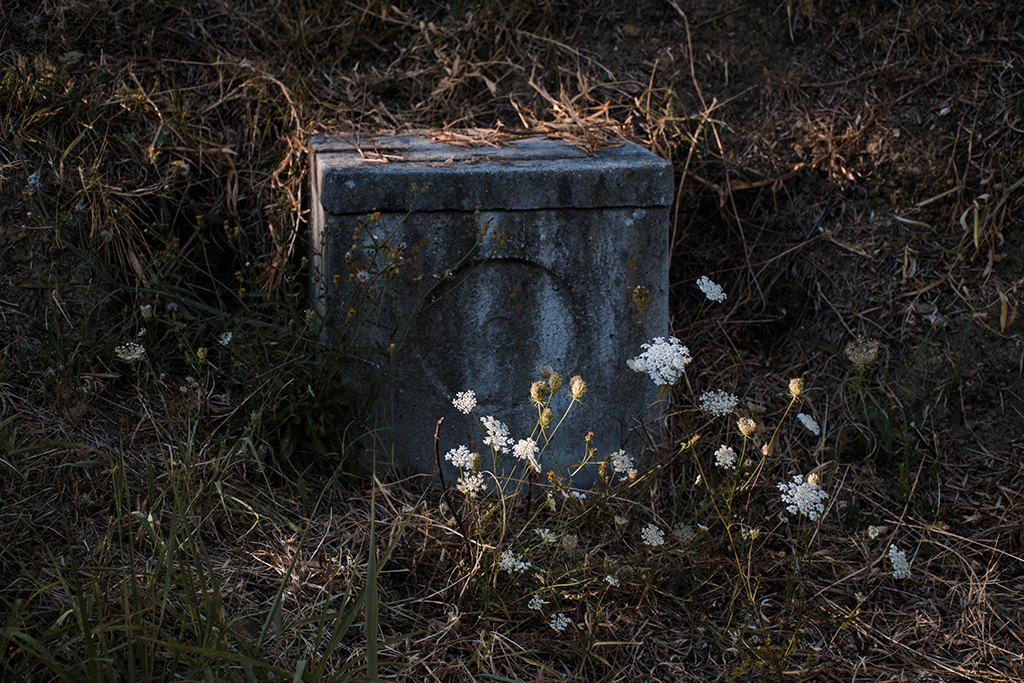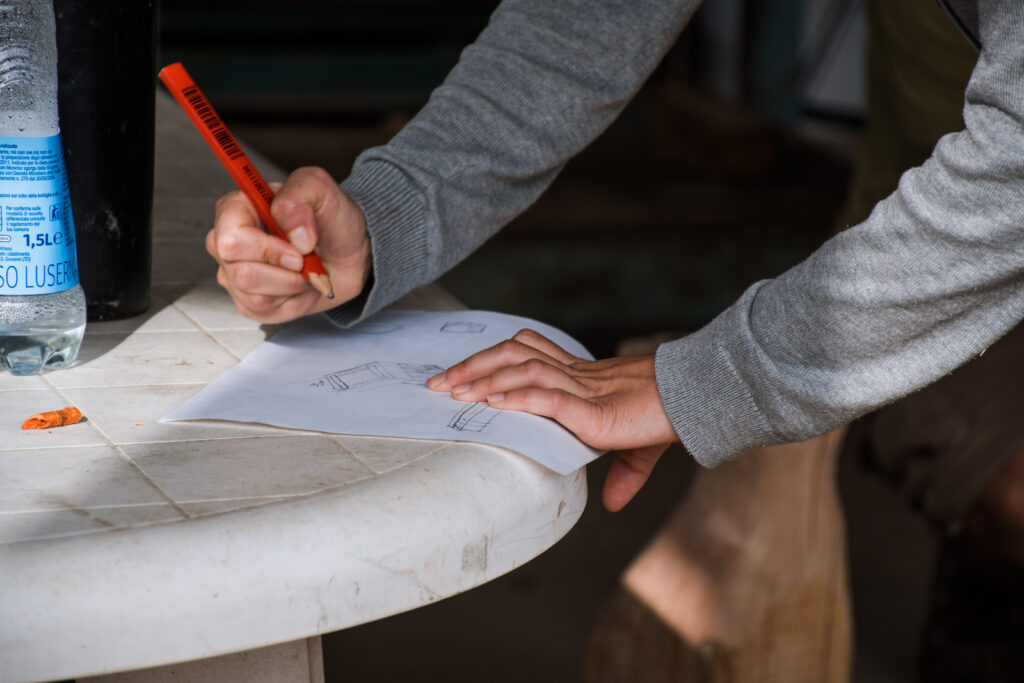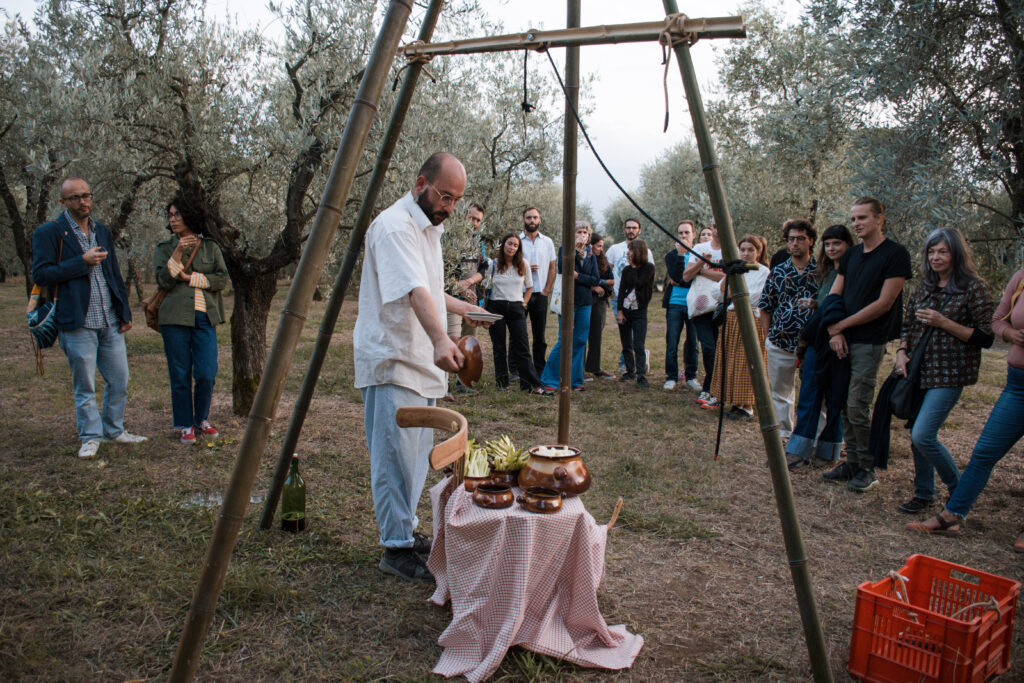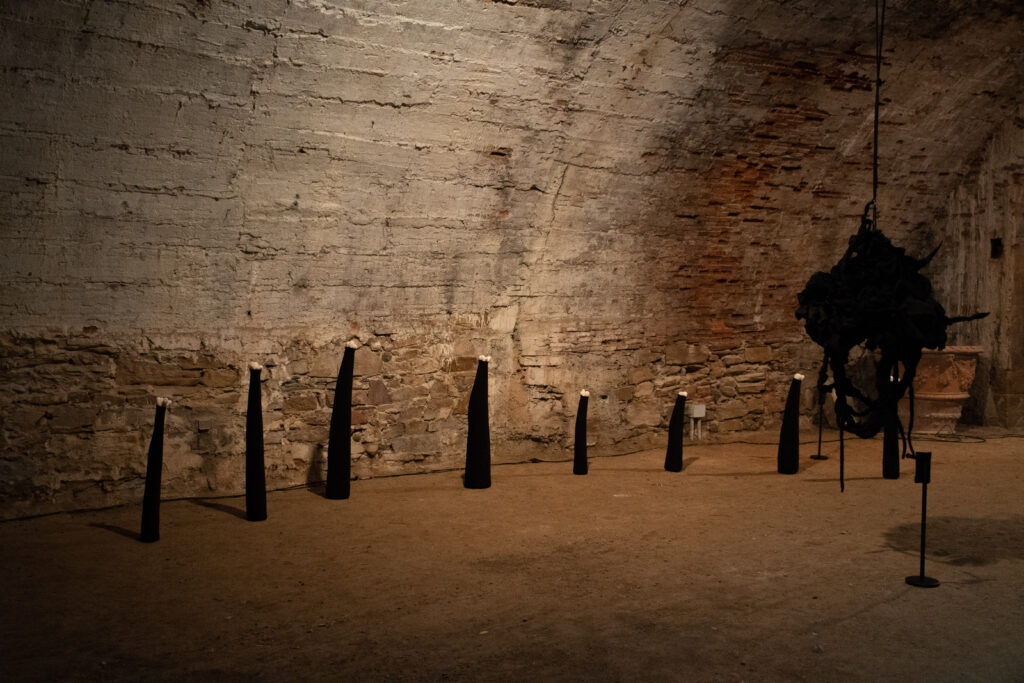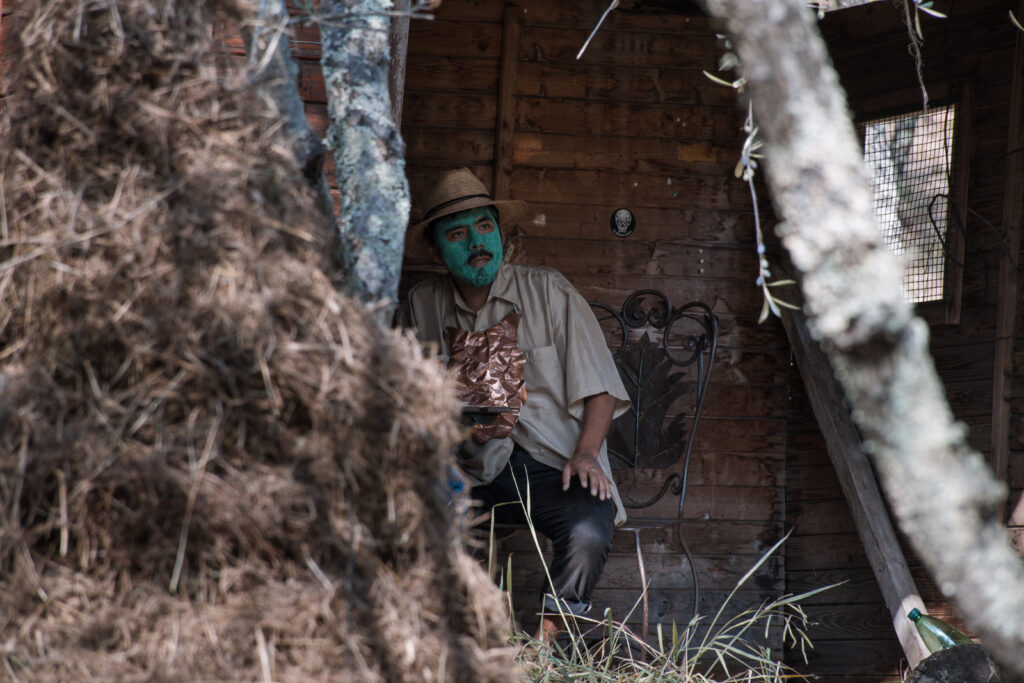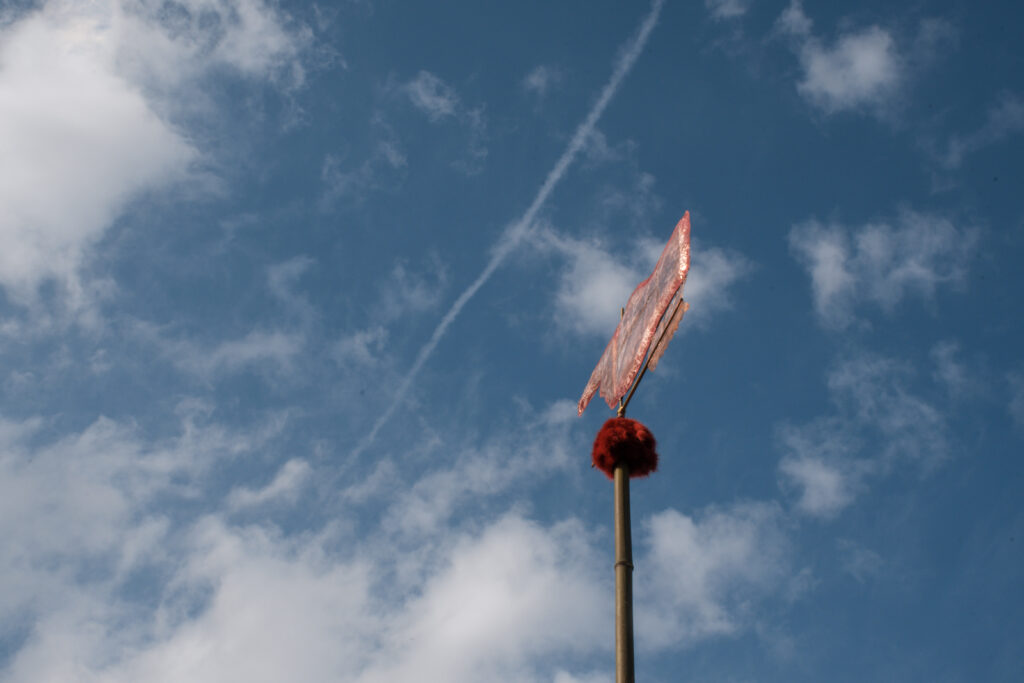Giungla in 2023 is bucolic, questioning the enchantment of nature, but also disenchantment. It leads you in and out of the city like a Pied Piper, among new art productions, workshops and encounters.
“The landscape is a monster,” states Annalisa Metta. Far from a bucolic, idyllic vision of a virgin, untouched territory, of a nature free from the intervention of us humans or other living beings, the landscape is a monster because it is artificial, artifactual, mediated and combined by the projects that more or less social animals have been developing for centuries for their needs and desires.
Bucolic Giungla (jungle) plays on an oxymoron and the apparent contradictions that coexist in reality. But, then again, in this world there is the terror of the sublime, like a volcanic eruption, and the ever-new surprise of a blossoming flower, the horror of eco monsters near the coast and the beauty of cleared land, the scientific rationality of intensive farming and the anarchy of fallow land.
Giungla 2023, starting from the Botanical Garden of Lucca where it was born, in connection with the Agora Library garden dedicated to Pia Pera and the San Micheletto Complex, also inhabits “bucolic,” rural, pastoral places, bringing contemporary art production by young artists to the Colle di Bordocheo and Il Gobbo farms.
Urban green, countryside, “Third Landscape”, nature changes name as it changes relationship with humans. Through this jungle of words and meanings, the program of the festival unfolds, reconfirming the desire to create a lively and favourable context for the transmission of knowledge and the creation of new works strongly linked to Lucca’s cultural heritage.
Tiphaine Calmettes worked with bamboo to create an installation that between decorative arts and object functionality highlights the relationship between nature and culture, leading us to daydream – La rêveuse rêvant d’une rêveuse rêvant. Elisa Muliere and the Disfònia ensemble interpreted the forms of plants from the Botanical Garden’s heritage as patterns for images and sounds in a unified composition – mur | mur – that murmurs in the basement of Baluardo S. Regolo. Gabriella Ciancimino’sAll’allerbaggio serves as a poetic introduction, bringing the voice of Libereso Guglielmi, gardener of the Calvino family, among pirate plants. Under a roof of olive trees, Soliné whispers excerpts of a tale to the ears of the audience, as a minstrel reports Wind Tales creating a scene suspended between reality and fantasy. And Gerolamore’s visual and gustatory journey Bou Kòlos also has us grazing in the hills at sunset, in a device that playfully interrogates the concept of the bucolic.
No less poetic, ethnobotanists Andrea Pieroni and Renata Soukand accompany us from the enchanted forest of Parole d’oro (Vorno) to the Botanical Garden, to discover plants from here and elsewhere in a workshop that highlights the co-presence of different living territories on the same soil. But a bucolic Rebellion shakes up the cards, Josse Renda and Cinzia Turla with a handful of children revolutionize the ecosystem.
To close Giungla, we remember Italo Calvino together – on the very day of his birthday – through the special relationship the writer wove with Libereso Guglielmi and other lovers of letters and living things: a party in which anyone can participate, read his heartfelt texts, listen to the words of others, observe how language is transformed into dance.
